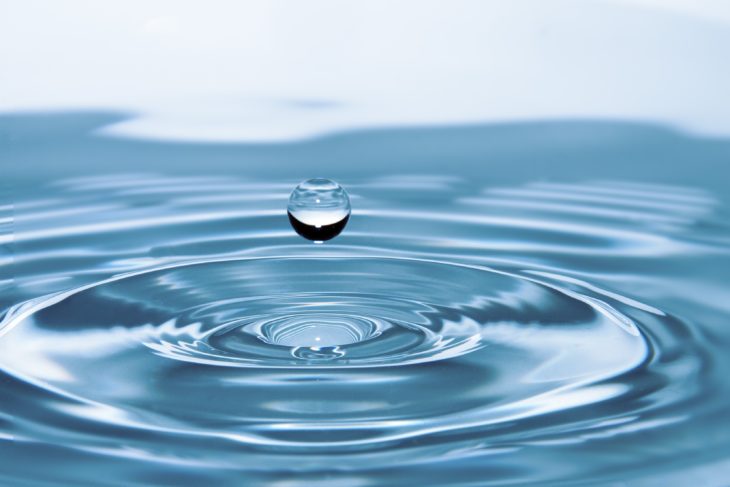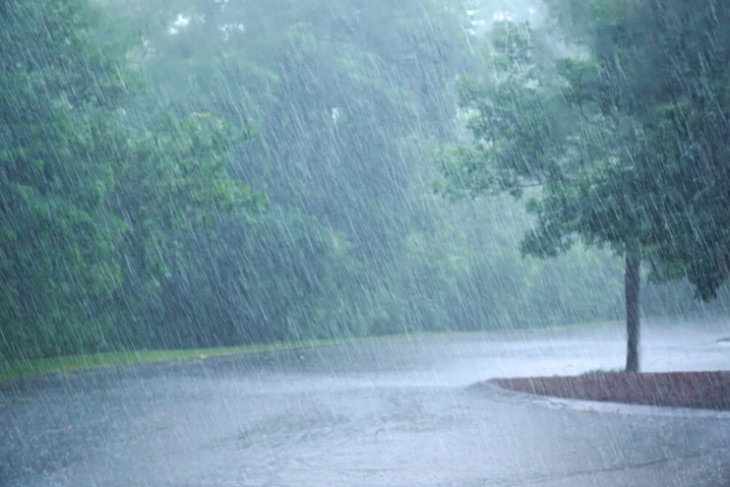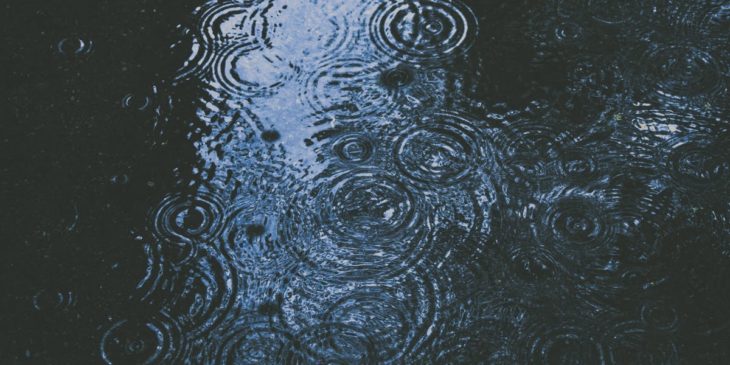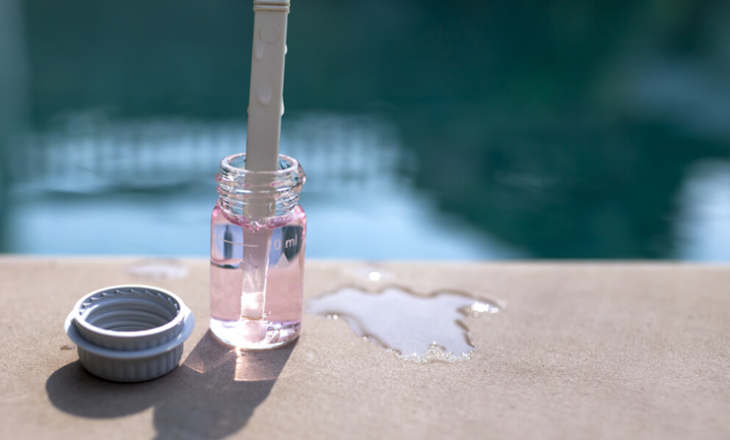Bombarded by the dizzying reports on climate change and the multitude of other adverse impacts humanity has had on the planet, not an insignificant number of people are choosing to live a greener lifestyle.
As awareness continues to spread, people are taking a variety of different steps when it comes to protecting the environment. Although the heated debates around fossil fuels or recycling always tend to grab the headlines, water quietly and steadfastly retains its role as the limited primary resource that affects the survival of everyone on Earth.
In fundamentally water-secure countries like the United States, many people believe their water is managed responsibly in the way it’s allocated and consumed. The tap water coming into residents’ homes is safe to drink, thanks to government regulations, with a few notable exceptions.

Img source: cleanwateraction.org
Several years ago, the nation was stunned to learn about the water crisis in Flint, Michigan that exposed an entire city to contaminated water. After a cost-cutting move to change the source of the drinking water, lead from the pipes that seeped into the water wasn’t adequately treated, making it unsafe to drink.
Even before that devastating story broke, bottled water and filters were growing in popularity. Not only did people want to believe they were taking steps to drink cleaner water than what was traditionally available from their sinks, but clever advertising campaigns were convincing the majority of the country that flavor was now a factor.
Hard water is a condition that impacts the drinking water in a significant part of the world, which means it’s higher in mineral content like calcium and magnesium than soft water. While not deemed harmful, many people find the taste of hard water unappealing until it’s treated beyond what comes directly out of the tap.
According to HomeFixPlanet, while the availability of water filters could prove invaluable during natural disasters or human-made oversights like Flint, these measures in the course of daily activity almost seem like more of a luxury rather than proactively addressing issues like potential water safety or shortages.
Letting It Rain

Going off the grid is a trend that some savvy people are following to cut costs. Many believe that leveraging nature to survive rather than relying solely on local utilities for power and water is the first step toward protecting and renewing important environmental resources. Replacing natural gas and electricity with solar panels has been expanding conspicuously across the country, becoming an almost commonplace sight in neighborhoods and schools.
Although less obvious in densely populated regions, what’s more, important to the long-term survival of humanity and the environment is rainwater collection. The technology to capture rainfall is readily accessible and affordable through any number of processes that people can often build on their own to harness the rainwater in the region for their personal use.
Although several states have made the practice illegal to protect agriculture, for example, many people are exploring rainwater as an alternative water source, either out of economic or environmental necessity.
Once collected, multiple steps must be taken before using the water. Even though rainwater is relatively clean, it’s still not safe to use immediately without being treated. Depending on the sophistication of the water-harvesting equipment, purifying the water can be a very tedious and expensive process.

Img source: inverse.com
The most common and cost-effective method involves adding chlorine to the rainwater, which is similar to the way most municipalities treat local drinking water sources. After running the water through a filter to eliminate any solid particles, adding several drops of chlorine will serve as a disinfecting agent.
The amount of chlorine required depends on the volume of water, and the temperature dictates the length of time needed for the chlorine molecules to work. There are other options like iodine drops, boiling the water, complex filtration systems, and solar treatments, all with their unique benefits and drawbacks. Before undertaking any of these techniques, it’s best to consult an expert website like The Redcross.
Catch 22
Consistent rainfall is a prerequisite for genuine self-reliance when harvesting rainwater. If a region yields below average rainfall, it’s unrealistic to expect that the available supply of rainwater will be adequate for survival.
In terms of conducting an eco-friendly lifestyle, the focus will probably shift to solar power and methods to recycle the existing water in the home where filtration becomes even more important. Ideally, there will be a balance for both sun and rain to provide sufficient means to sustain households with these environmentally conscious pursuits.
Tool Time
The decision to reclaim rainwater for personal use is a long-term commitment. Of course, there’s the initial construction with wide-range degrees of complexity. It’s essential to use quality equipment, even with the most basic systems, since those materials will be coming into direct contact with the water source. Defending against the elements, vermin, and contamination is just the first step in safeguarding the water.
The secondary phase which requires the ongoing sanitation of the water before use is even more critical. There are no shortcuts when it comes to treating rainwater, even though there may be various approaches. Find out what tools are required and keep them in ample supply. Stockpile chemicals, or be prepared to perform alternative disinfecting techniques if a filtration system is disabled.

Pros and Cons
Water treatment plants manage the quality of the drinking water that reaches residents. As a rule, the water is perfectly safe. Still, there’s a preponderance of products that offer the consumer an enhanced water drinking experience, ranging from exotic water bottles to filters that fit into refrigerators that dispense water to reverse osmosis systems.
Many of these offerings tend to impact the environment over the long term negatively. Although recycling is encouraged, there are no guarantee consumers will always properly dispose of water bottles.
Filters can potentially be even more controversial. Although a single filter can produce the equivalent amount of fresh water as dozens of bottles, most filters aren’t necessarily environmentally friendly once they have been fully utilized.
For those who live close to a regulated water source, collecting rainwater may initially seem like an extreme way to bypass perceived dangers or to maintain control over individual water consumption. But then, the practice is becoming even more widespread, thanks to the wealth of information available on various media sources.
Like most innovations that seem unorthodox at first, the benefits can unwittingly extend to the broader population. Ongoing advances in filtration may eventually make their way to a community that continues to obsess over the content of their drinking water.
